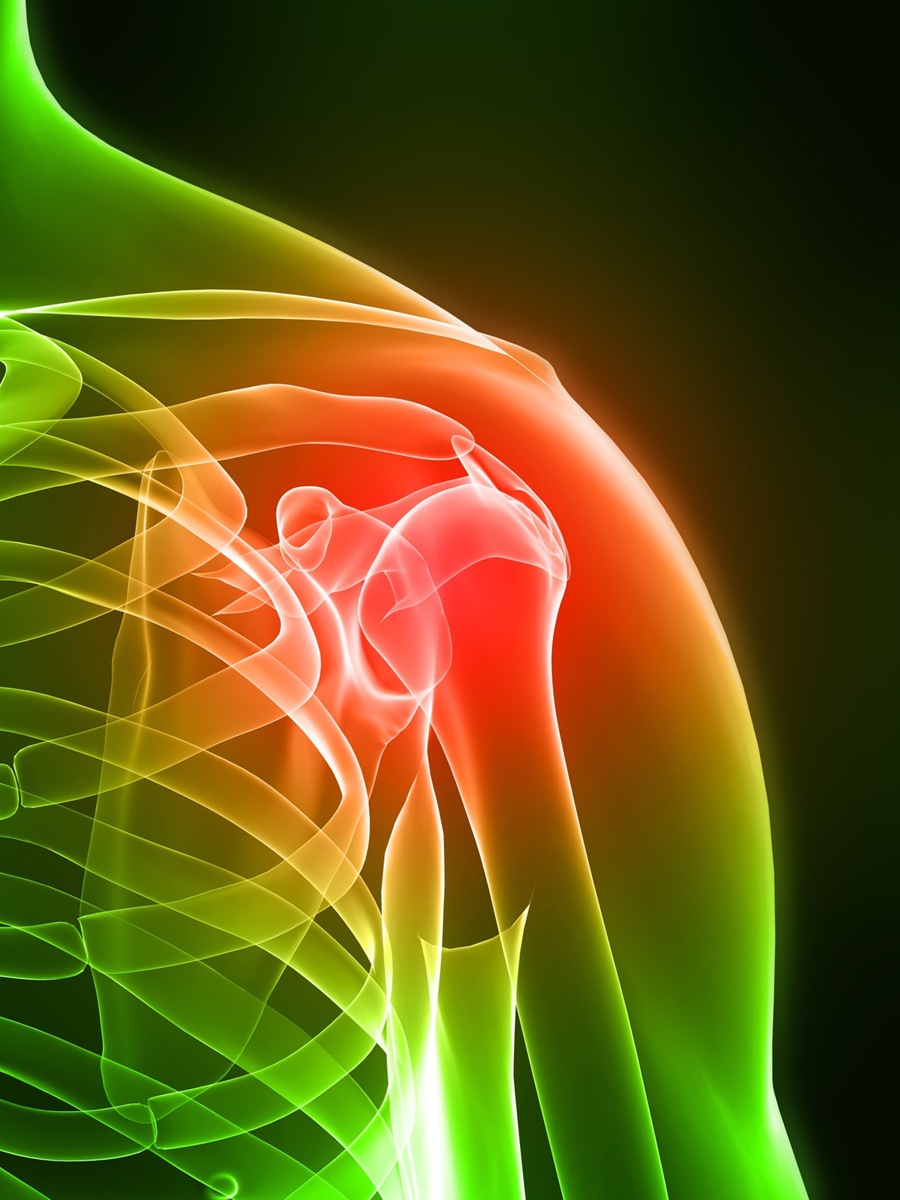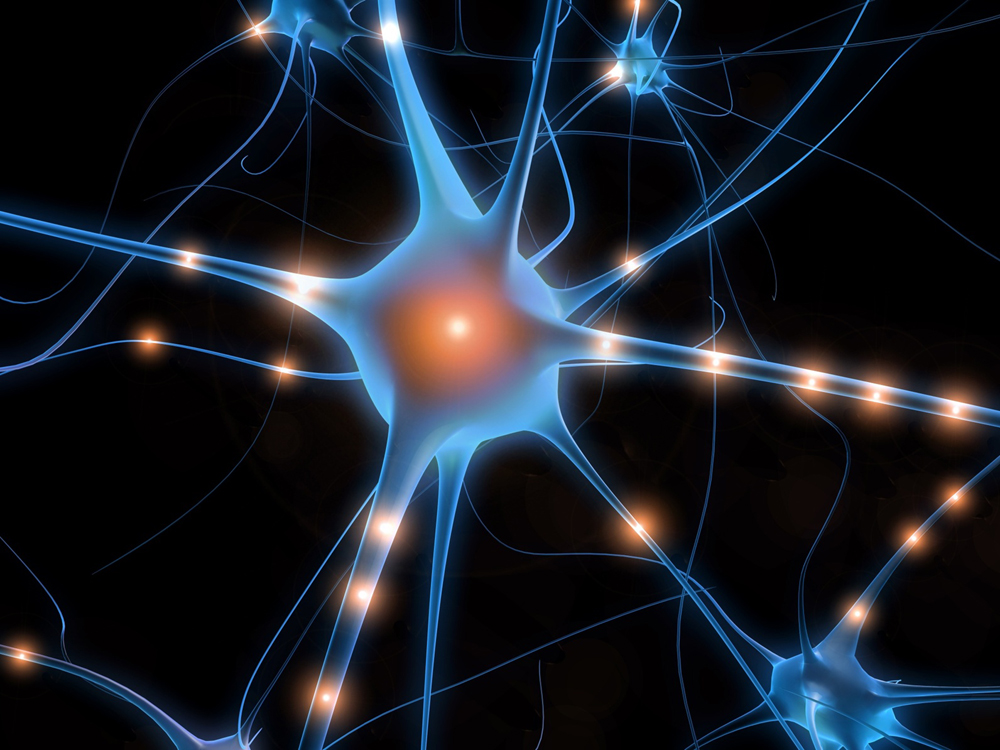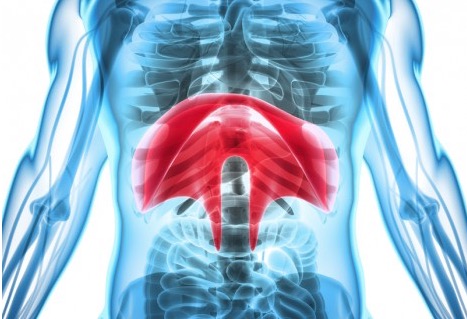
The Secret to Rotator Cuff Treatment and Rehabilitation
If you experience pain in your shoulder or upper arm, especially when lifting your arm overhead, you may have a problem with your rotator cuff.
The rotator cuff is a group of four muscles that wrap around the shoulder’s “ball and socket” joint holding it in place. When these muscles are working properly they keep the joint in proper alignment during shoulder and arm movements.
Why The Rotator Cuff is So Vulnerable to Wear and Tear
There are several reasons why people develop strains, tears and pain in the rotator cuff. The problem can develop suddenly from a trauma, such as falling on the shoulder or reaching with an outstretched arm and lifting something heavy. The problem can also develop gradually over time and can appear without any trauma.
Here are several mechanical problems that can gradually damage the rotator cuff:
Abnormal Alignment
Misalignments of your neck and shoulders can create increased pressure and tension in the shoulder joint, loss of joint mobility (movement), loss of joint stability (strength, support, control), and rotator cuff wear and tear over time.
Abnormal Mobility
Do you notice you are unable to reach as far behind your back with one hand compared to the other? This is usually due to shortening or tightening of muscles of the shoulder blade or rotator cuff. When you need extra mobility to reach something that is restricted by short, tight muscles, the rotator cuff can become strained and painful.
Abnormal Motor (Muscle) Control
Previous pain or injury can cause the nervous system to no longer coordinate muscles in your core, shoulder blade and arm to contract in their proper order, timing and force (strength). If this intricate muscle coordination is off, the rotator cuff muscles will often succumb to strain, tears and pain.
Loss of Strength and Endurance
Lack of regular exercise that involves the entire body, including the core, shoulders and arms will lose strength, endurance and increase the risk for injury. Remember, “If you don’t use it, you lose it”!
Abnormal shoulder alignment, mobility, motor control, strength and endurance are the most common mechanical causes of rotator cuff problems we assess in patients coming to us for this condition. Once we determine if one or all of these problems are present, we determine the most appropriate adjustments and exercises to correct the underlying mechanical cause of the problem.
We have helped the majority of people with rotator cuff problems and shoulder pain because we determine the mechanical cause of the problem and our treatment and rehabilitation methods are designed to correct the underlying cause. If you or someone you know is suffering from shoulder pain or a rotator cuff problem, contact our office.
What Else We Have To Say: Non-steroidal anti-inflammatory drugs (NSAIDS) and cortisone injections are not effective in rotator cuff rehabilitation. These chemical approaches have very little to no effect on the mechanical problems that led to the rotator cuff problem in the first place. For the most effective recovery, treatment and rehabilitation needs to be focused on restoring alignment, mobility, motor control, strength and endurance.


